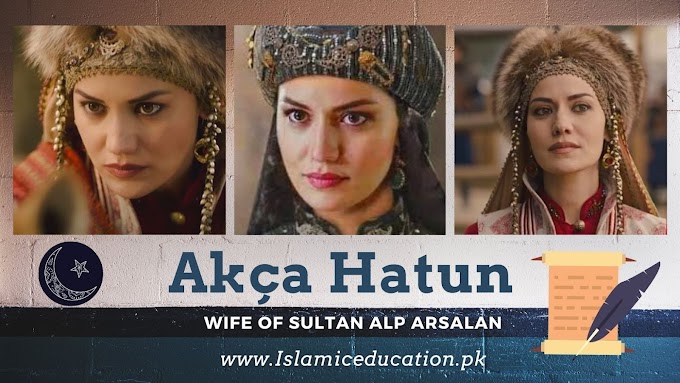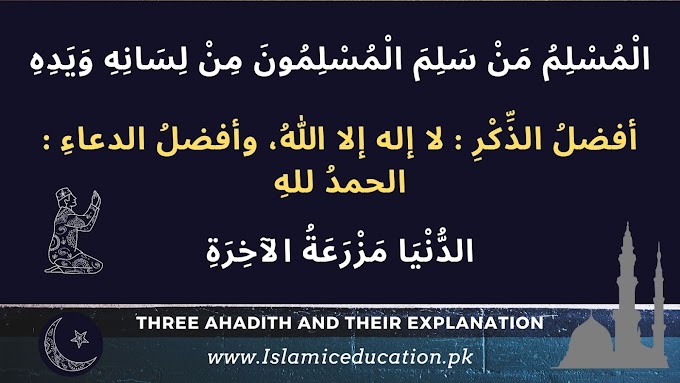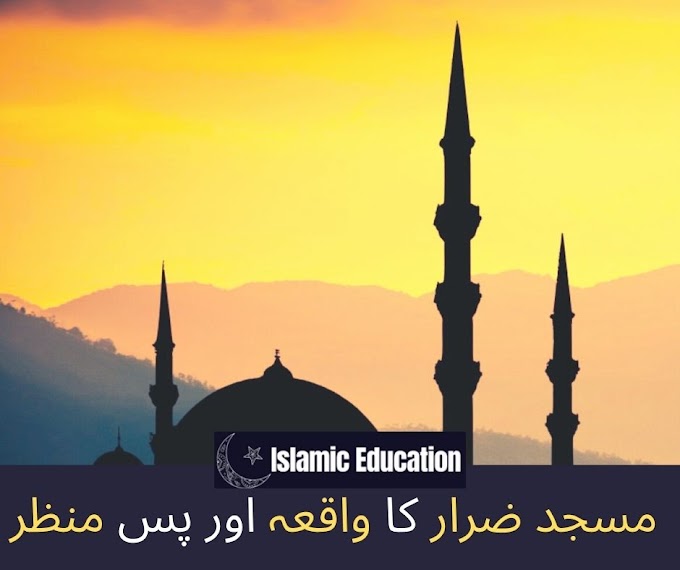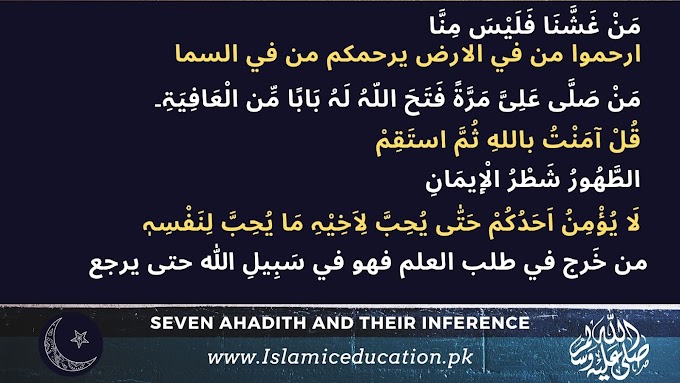The Schools in the Saltanat Usmania
The Saltanat Usmania, or the Ottoman Empire, influenced a huge part of South-East Europe, Western Asia and North Africa for over six centuries. Its agency united different cultures, different languages, different customs into one stupendously complete centralization.
Education was central to the rise and enduring influence of the empire. Since its earliest times, the Ottomans created institutions that taught religion, law, science and the arts. They left a distinct mark on the regions under their service in terms of education which embedded in society and gave rise to future leaders.
This introduction will guide you in understanding the workings of the Ottoman educational system, for whom this educational system worked, and why its legacy continues to matter today.
Basis of the Ottoman School System
In the Saltanat Usmania, education was never confined to books. It was a complex mechanism, crafted to meet the needs of the state, buttress religious identity and educate a leadership and a populace. From the beginning, the structure of the Ottoman educational system combined tradition with the requirements of an empire that was expanding and becoming more diverse. Let’s dig deeper into the main building blocks that constituted this system.
Core Institutions and Their Roles
The Ottoman education system was introduced in a network of core and secondary institutions, which had many differences with one another:
· Mekteb (Elementary Schools) – Local schools where children learned to read, write, and to be able to do some basic arithmetic. Boys typically began at around six, and first committed to memory the Quran, before learning other more general subjects.
· Medrese (Religious Colleges): The highest educational institutions where scholars, judges and religious leaders were trained. Such schools concentrated on Islamic law, theology, logic and, sometimes, sciences such as mathematics and medicine.
· Enderun (Palace School): Originally unique to the Ottoman system, the Enderun was part of the royal palace. It trained elite boys (frequently from Christian backgrounds who were kidnapped into the devshirme system) for leadership positions in politics and the army. The academic program was paired with physical and leadership training.
Each layer underpinned the next, offering a channel from basic literacy to more advanced study and to state service.
Curriculum and Subjects Taught
The Ottoman schools had to do more than teach religious texts. The curriculum was added to over the centuries as the empire and the society demanded.
Key subjects included:
· Religious science (Quran, Hadith, Islamic jurisprudence).
· Grammar and rhetoric
· Arithmetic and geometry
· Logic and philosophy
· Astronomy, sometimes medicine and geography
Advanced studies were available in the medrese, but these were always studied through an Islamic perspective. Arabic was the medium of instruction for much of the curriculum, with Persian and Ottoman Turkish also appearing.
Teachers and Administration
The teachers had an honored place in Ottoman society. In mektebs they were called hodjas, and in medreses they were called mudarris; they did not only teach, but also guide morally.
· Teachers served apprenticeships and passed exams before entering the profession.
· The most common way of securing resources for schools was through charitable endowments, known as vakifs, established by wealthy patrons.
· Schools routinely faced inspection from religious officials to ensure they met quality standards.
Access and Inclusion
Education was not equally accessible to all. The boys had more opportunities than the girls, especially in higher studies. Very few girls attended mektebs, where they primarily studied reading, writing and religion.
The Enderun and higher medreses were largely open to boys selected for their skills or backgrounds. Some among them went to their own community schools, though in other systems.
Social and Cultural Impact
Ottoman education sowed identity across hemispheres. It did more than educate scholars and civil servants.
· Fostered social mobility, enabling bright students to move up in government.
· Helped foster a shared identity as Muslims among a religiously heterogeneous populace.
· Kept local languages and traditions on par with Turkish and Arabic, owing to the fluidity of neighborhood mektebs.
Ottoman knowledge extended far outside the classroom, into everyday life, the function of the state and the very core of society. The system’s influence is still visible in many countries that were once part of the Saltanat Usmania.
Conclusion
Ottoman Education placed knowledge, leadership and the community on three different continents. Its special fusion of religious learning, practical sciences and government service helped to forge a sense of sharing an identity and carving pathways for talent from multiple origins. Some elements of this system persist, still impacting on schools, languages and social life in former Ottoman lands today. For those interested in the origins of modern Turkish and Middle Eastern education, the legacy of Saltanat Usmania is as pertinent and poignant as ever. Thank you for reading — express your thoughts or questions and join the discussion about history’s lessons.







